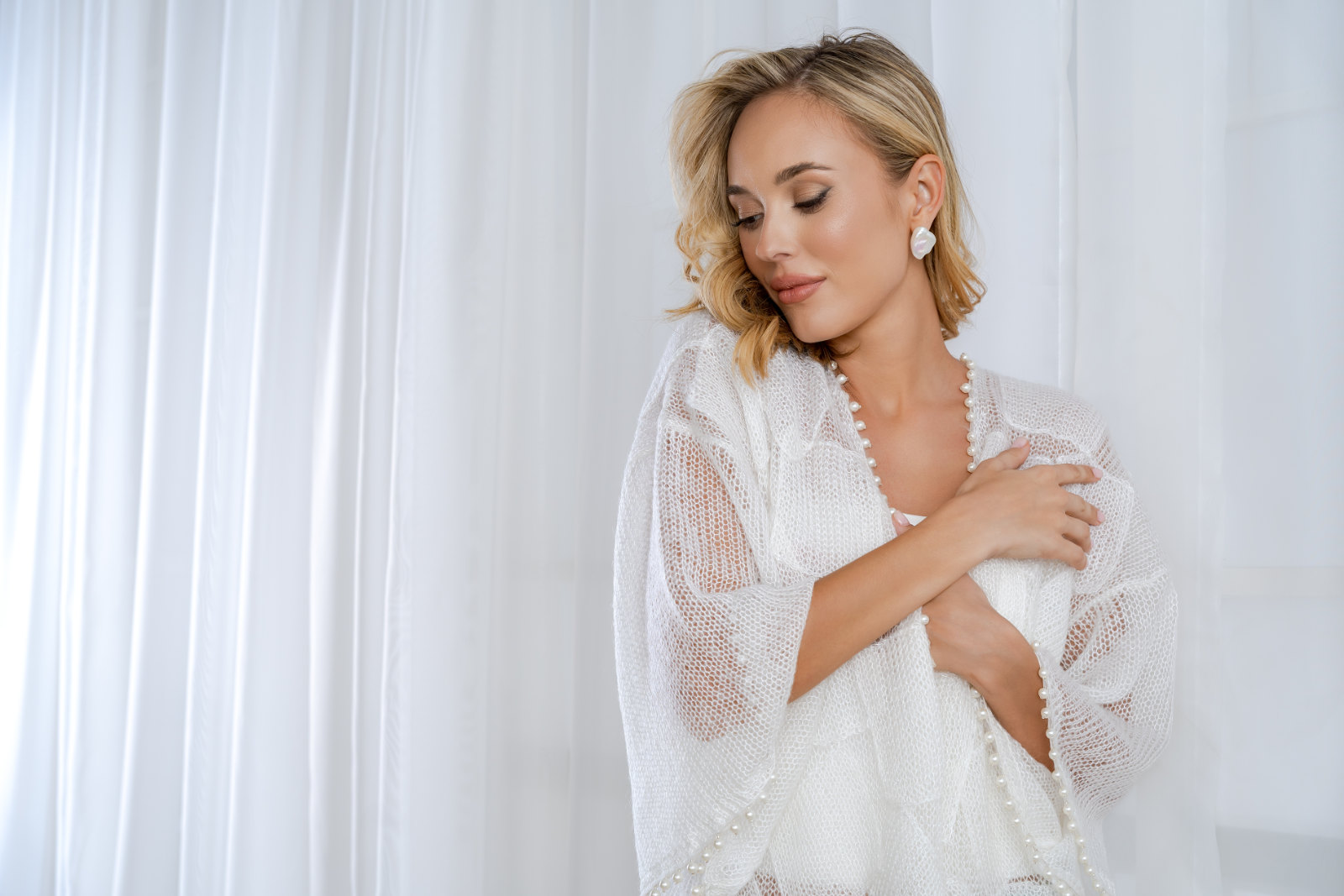
FASHION Kayane Mahrejian created her sustainable label, Kaiane Designs, when searching for a wedding dress, and now capably multitasks between designing and working as one of the engineers at NEOM. Jack Yan speaks with her
First published in the January 2022 issue of Lucire KSA
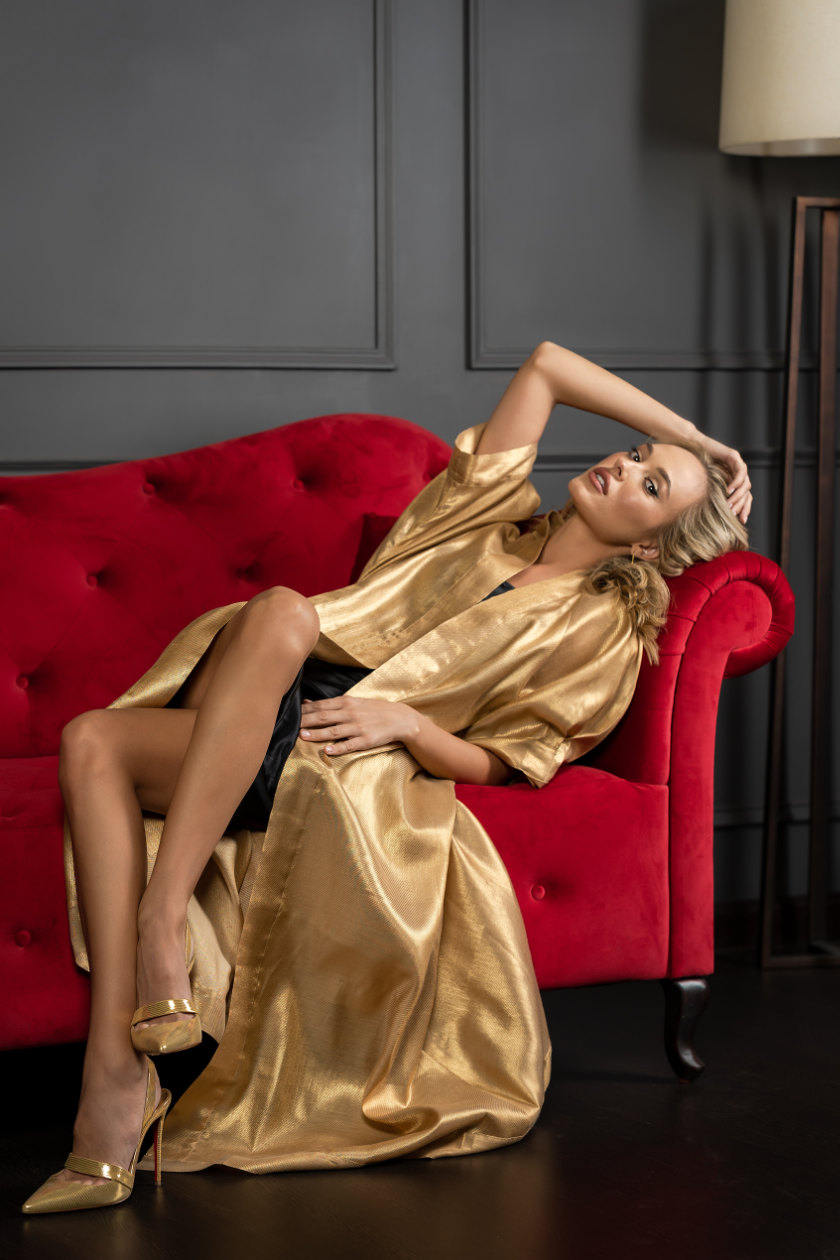
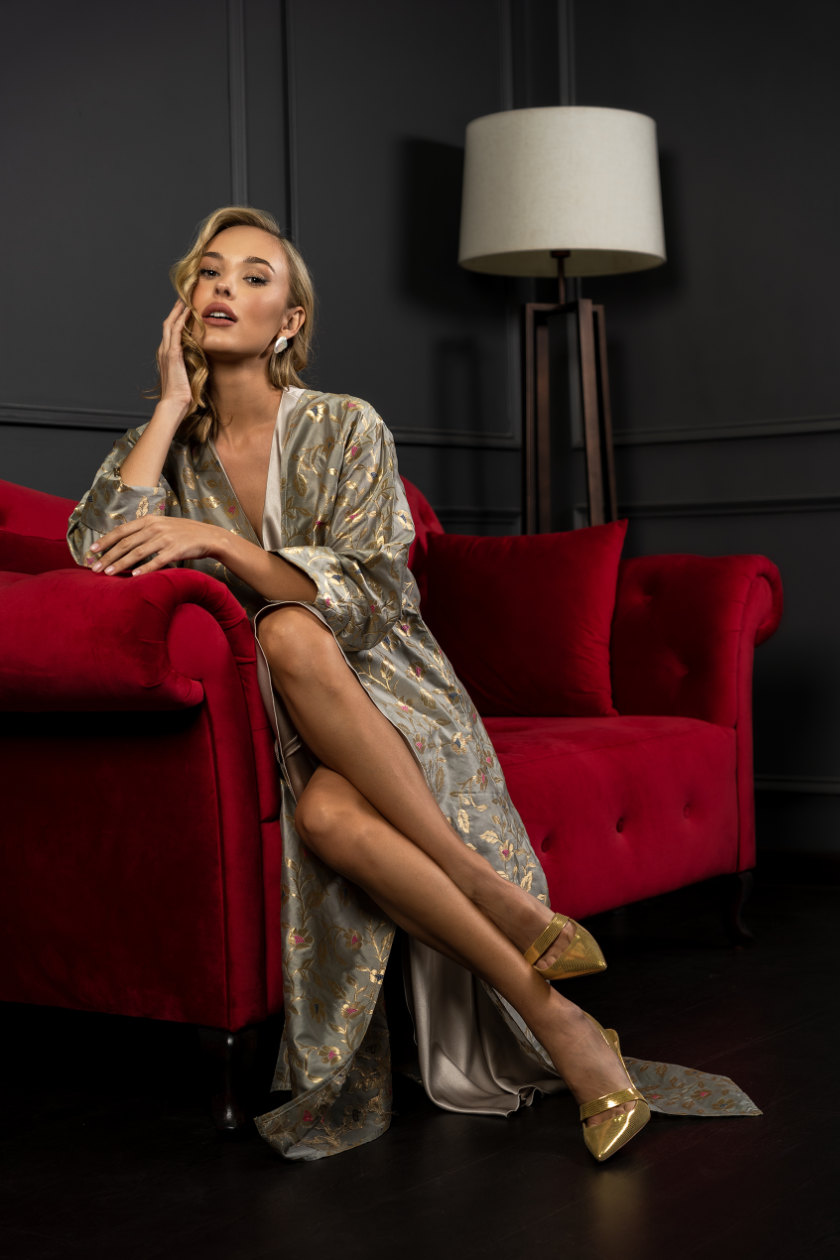
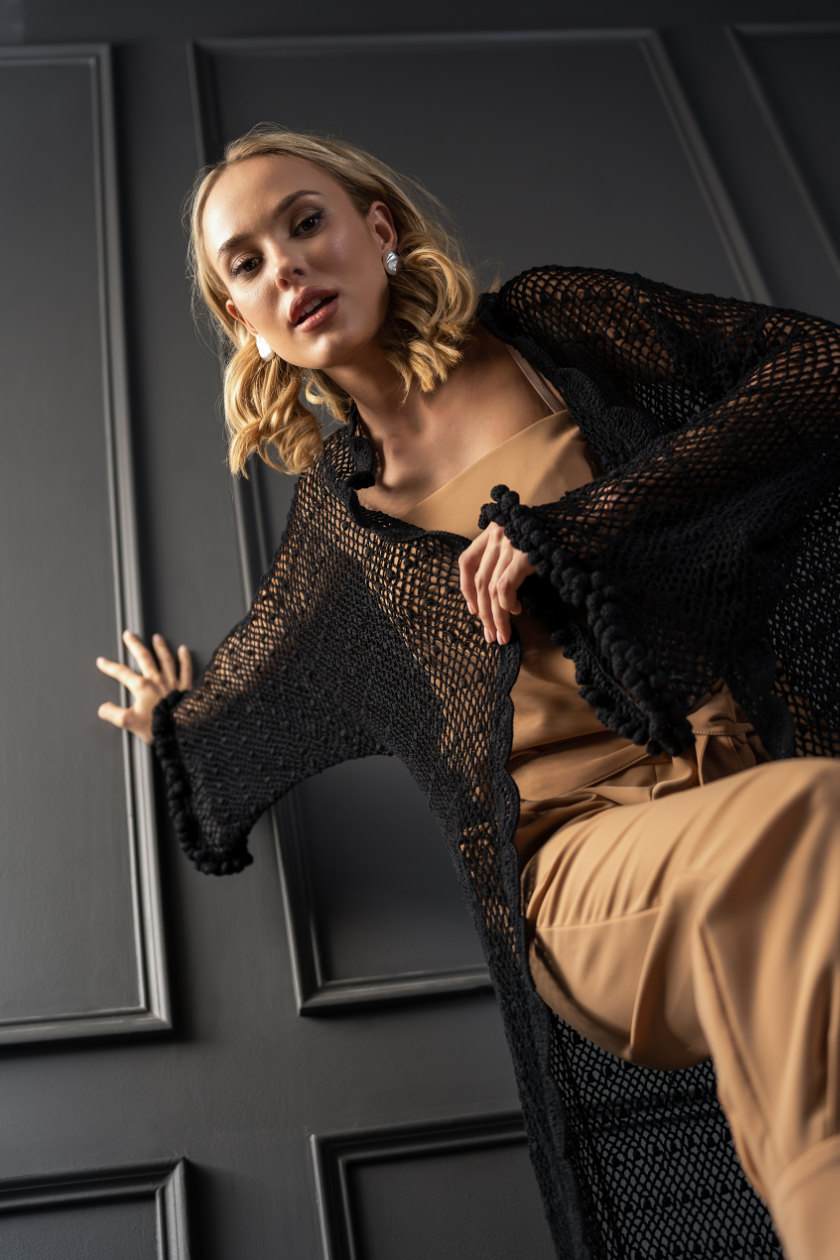
Kaiane Designs shows a strong way forward among labels based in the GCC, with its emphases on quality and sustainability, while its approach to design shows what’s possible when you combine eastern and western philosophies, and traditional and modern æsthetics. The label eschews seasons in favour of limited quantities, ensuring that customers have something that’s truly special, ‘handmade with love’ by independent artisans.
Designer Kayane Mahrejian herself has similar contrasts in her own life: born in Armenia and working in Saudi Arabia, an engineer by training who found her love of fashion ignited through an unexpected circumstance.
Her family found itself in Beirut in 1978, where she studied, becoming fluent in three languages, Arabic, English and French, in addition to her native Armenian. She explains that her baccalaureate had to be done in Arabic, while her university studies were in English.
Speaking to us from Beirut while visiting family, Mahrejian is now based in Tabuk, and knows the Kingdom well: she first moved to Riyadh in 2015, met her British husband there, and subsequently married there, on Saudi Arabia’s National Day. She says it was her search for the perfect wedding dress that sparked the creation of her label in the summer of 2018. She recalls, ‘I was engaged, planning for my destination wedding in a beautiful beach resort in Bodrum. In my quest of finding the most elegant wedding dress, evening gowns and kaftans, I realized that what I was looking for was actually quite a challenge. Everything was a bit over the top for my taste, and so I made up my mind to take myself seriously for a change and actually create my own label—Kaiane Designs. Since then, I always see in my mind’s eye—silk, linen fabrics floating in the lightness of my own designs. That’s how it all started.’
Mahrejian credits her mother for her love of fashion. ‘She had studied fashion design in Armenia when she was young, and so growing up in her world was like an initiation to fashion basics, pattern-making, sewing and, most importantly, theories on elegance at a very young age. Later on as an adult, I worked and lived in Dubai for about six years, and so I had a lot of opportunity to experiment with high-end fashion, styling and brands. I thought of each purchase I made as an opportunity to elevating my own taste and style for fashion.’
Her engineering background shaped her evolution into fashion design. ‘Engineering is a very structured discipline that makes for a very strong foundation for any kind of business. In my experience, the underlaying processes for creative design and engineering are similar in the sense that both go through the same processes of visualizing a concept, engineering the detailed design blueprints, working out the building blocks—like choice of materials, and then finally bringing everything together in a way that works, i.e. operations. Like the many projects I’ve been on, Kaiane Designs is another project with one difference—it is my own expression, my own engineering and my own designs.’
She did her MBA in Beirut, part of a distance-learning programme by the Université du Québec à Montréal (UQAM), and her time there also informed her approach to design. She calls the city ‘a melting pot of unique Franco–Anglo–Lebanese cultural identity and expression,’ and that it was no surprise to her that so many fashion icons came from there, such as Elie Saab and Zuhair Murad.
‘I have always been creative. If I am not at work on a construction site, then I am painting, sketching, writing or rhyming poetry, so in a way, my sense of design found its roots in Beirut, and then its wings in Dubai.’
Her label had a serendipitous boost a year after she came up with the idea for it. She explains, ‘In June 2019, we went to Spain for holidays and within one hour of landing in Málaga, I broke my left foot and needed [an] operation. Two days later, I was back to Riyadh having done the operation and at home for three weeks. It was the first time in my life that I was not busy, at home and not on a construction site. My mind cleared and the sketches started flowing out of me. My Ipad was my mission command centre—in the true sense. My first designs were done in July 2019 for knit-kaftans and cardigans, and commissioned online to artisans that I found through the Etsy platform.
‘In March 2020, while covid was just about getting serious worldwide, I was ready for my first photo shoot for seventeen knitwear designs and five fabric kaftans. So as I said, time was on my side and that period of staying home for recovery from operation and covid was really the best thing that happened to me. Kaiane Designs’ first collection of 22 pieces was the fruit of six months’ focused effort (July 2019 to February 2020), and a year and half of research, personal growth and evolution to a designer.’
In fact, her work caught Niche Arabia founder Marriam Mossali’s (Lucire KSA December 2018) eye early on, who found one of Kaiane Designs’ knitted abaya irresistible, featuring it in her seminal Under the Abaya books.
It’s clear to us why Mahrejian’s work is so appealing, with its beautiful glamour and sumptuous style, and a very discerning choice of materials contributing to Kaiane Designs’ quality feel. ‘It is a big part of my personal signature,’ she says. ‘Kaiane Designs for me is a redefinition of old Hollywood-style glamour for the modern woman. First, there is a lot of grace, elegance and luxury in the choice of the fabrics—whether they are silk, gold, linen, lace, pearl embellishment and metallic. And second, the designs themselves are kept simple, minimalistic and clean. This balance between material and design creates that effortless flow of the fabrics giving the piece a premium feel and elegance. Each Kaiane piece is a unique signature design made for a very intimate and personalized experience, whether it be a kimono piece from our eveningwear collection, or a kaftan from our resort wear line or a cardigan from our knitwear.’ She sees so many of her designs having multiple uses, for both day and formal settings, where women can accessorize them accordingly, for instance wearing a long-lined vest underneath a sheer design when it is more appropriate.
Mahrejian also talks of being inspired by cinema from the Far East, such as Ang Lee’s Crouching Tiger, Hidden Dragon (2000). ‘The costumes for me are quite fascinating, because there are elements of stillness and strength at the same time. There is something in it that is so spiritual, you cannot [help] but stand there, watching. I was in love with the fabric, of the long cheongsam and how they did martial arts. It’s fascinating how all cultures, my culture, other cultures that I love have been embedded into each design.’
She believes the tension between opposites—east and west, vintage and urban, tradition and modern—is a great place for creativity to flourish. ‘I see all these attributes as the two faces of the same coin and I always look for their meeting-point of balance and I feel the tension between the polarity. This tension is really where things get exciting and creative for me, because the extremes themselves want to meet, they have to meet. In fact they have met—in the Middle East.’ It informs her design process, which appears simple to explain, but is doubtlessly complex to execute: ‘For example, I would take the classic concept of an overwear like abaya and dive into understanding the heritage and purpose. Then I would use my imagination and put myself in a futuristic city like that of neom, for example, where I now work, then I try to see the same classical piece in its evolved state, and then I design it.’
Doing two jobs in unison has not been an issue for Mahrejian, as she travels two hours each way from Tabuk to NEOM while the Kingdom’s smart city takes shape. ‘One core skill that I picked up from working on mega infrastructure projects is multitasking and taking risks. I have always had many projects running in parallel in my life and I remain deeply passionate about my career in engineering. However, I am equally passionate about my creative life in Kaiane Designs, so I make it work together.’ She constantly creates and designs, especially on the commute, while technology, such as videoconferencing, also helps her save time. ‘For example, our social media team is operated out of Armenia, the website development is done in the Netherlands, the knitwear production is done by artisans in Armenia, Russia and Ukraine. All fabrics and materials are outsourced through online platforms like Etsy, the hand tailoring is done in Riyadh, and operation is done out of Dubai. So, we are truly a global brand.’
Finding those manufacturers was not an easy task, since they had to meet Kaiane Designs’ standards for quality and sustainability, and Mahrejian stands firm on keeping quantities limited, avoiding the waste associated with fast fashion. ‘There is a lot of research that goes into understanding what sustainability is and what it really means in terms of environment and fashion. Kaiane Designs promotes slow fashion and sustainability and so most of our materials are natural fabrics, yarns like handwoven linen, handwoven silk, silk velvet, cotton, etc. We seek out artisans and tailors locally when possible, or in areas where the quality of the skill set is best. We test their skills and then empower them to work from their homes by commissioning unique, limited-edition pieces with them directly instead of going to mass production with manufacturers.’
Mahrejian feels very upbeat about the industry, and about the Kingdom’s Vision 2030 programme to diversify the economy. When living in Riyadh, she witnessed ‘witness the blossoming of the city and country over the course of few years. As a woman, I felt honoured to be present in the wave of evolution and reforms that followed. Between one year and another, the Vision 2030 was shaping the present and planning the future. I could see, touch and smell the joy of the people around me on the project and in my own way wanted to contribute to what was happening with Kaiane Designs that was born in Riyadh, capital of KSA.’
She also recalls the change in policy when women could drive themselves, and how harmoniously the transition happened, with no complaints from male road users.
As a woman living in Saudi Arabia, she says people outside the region still misunderstand the country. ‘It’s one of the safest places I have lived in and that being a woman is really an asset in Saudi.
‘On Saudi women, I can speak volumes. Contrary to the misconception, they are very intelligent, strong willed, highly educated and ambitious. I would also add brave. There is different kind of femininity and elegance in how they carry themselves in their abayas—that I think, is fascinating. I think it stems from their cultural heritage, which is why I was so eager to explore and design outer wears for Kaiane Designs.’
She is rightly upbeat, as so many are in the Kingdom, about the fashion industry’s future, and feels lucky she is in a position to contribute to it. ‘I think the Saudi fashion industry is a brand-new industry fuelled by progressive young Saudis who want to create a new vision and story about Saudi’s æsthetic identity. There is a lot of passion and will to experiment with new concepts in openness that is very conducive for creating new things. Equally, there are a lot of upcoming fashion designers that are deeply rooted in their expression of the Saudi heritage and pride. I would think that westernization of the fashion industry will happen organically, though driven by the need to diversify the economy.’ •
Jack Yan is founder and publisher of Lucire.
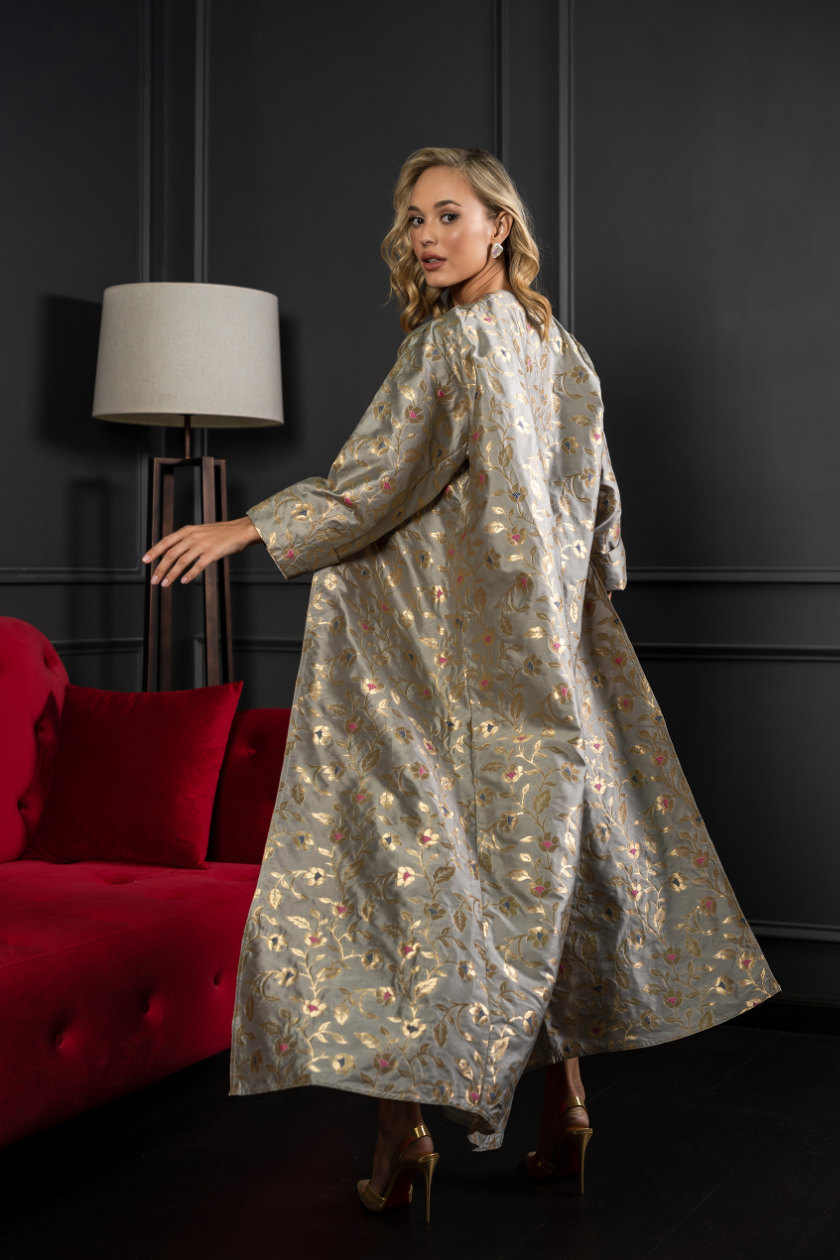
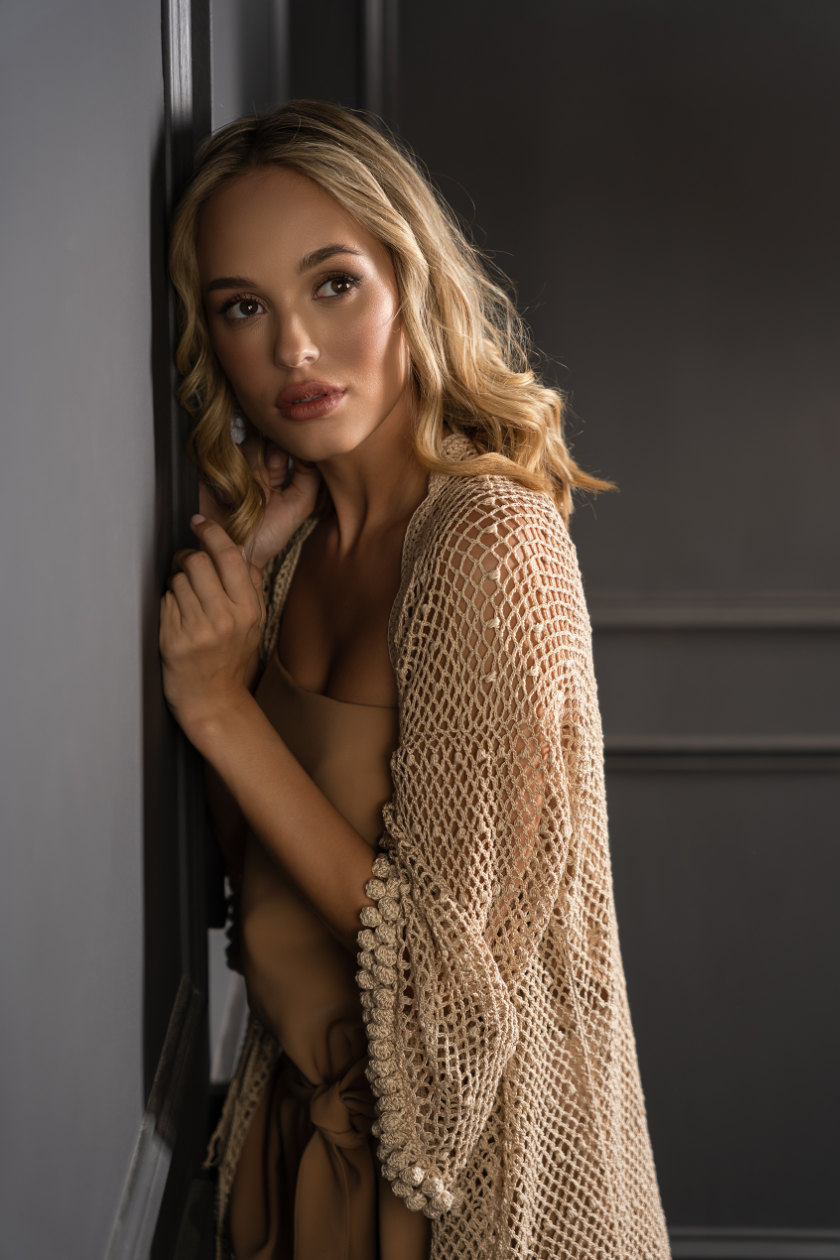
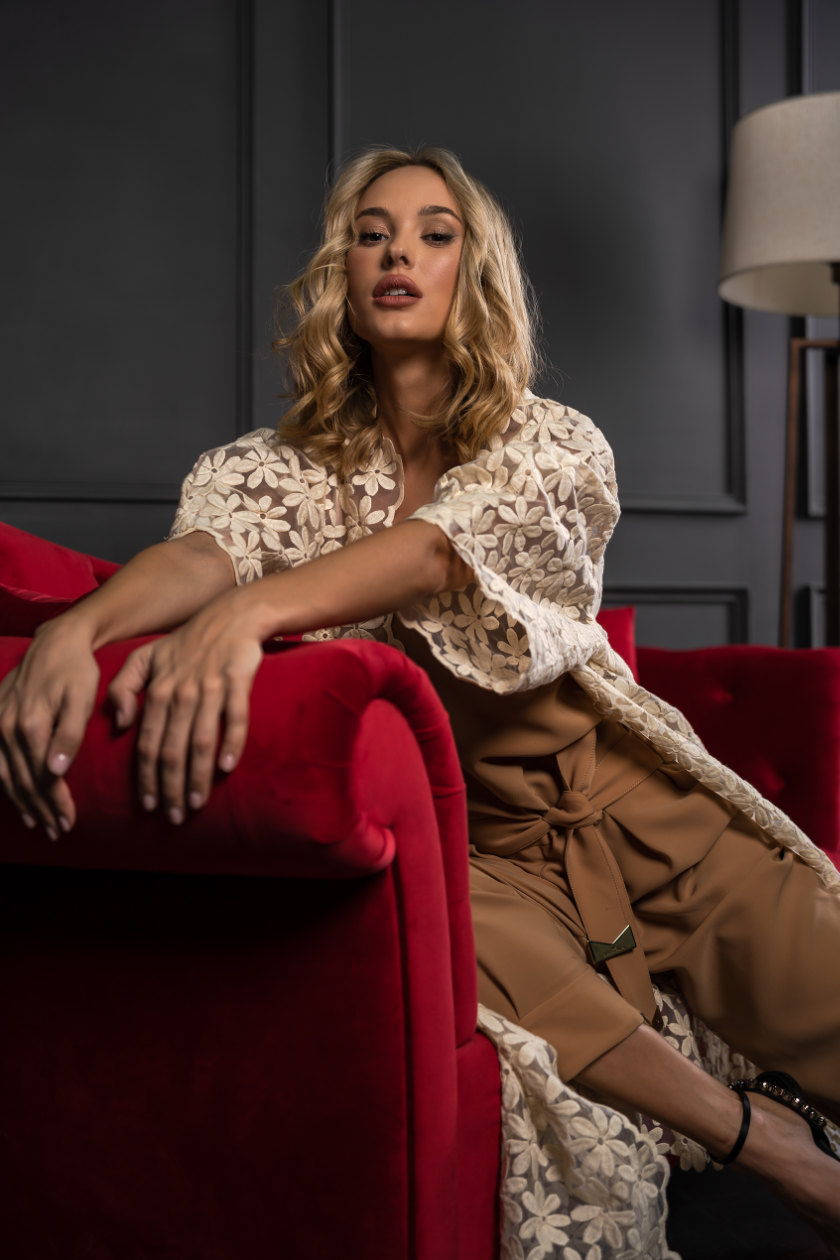
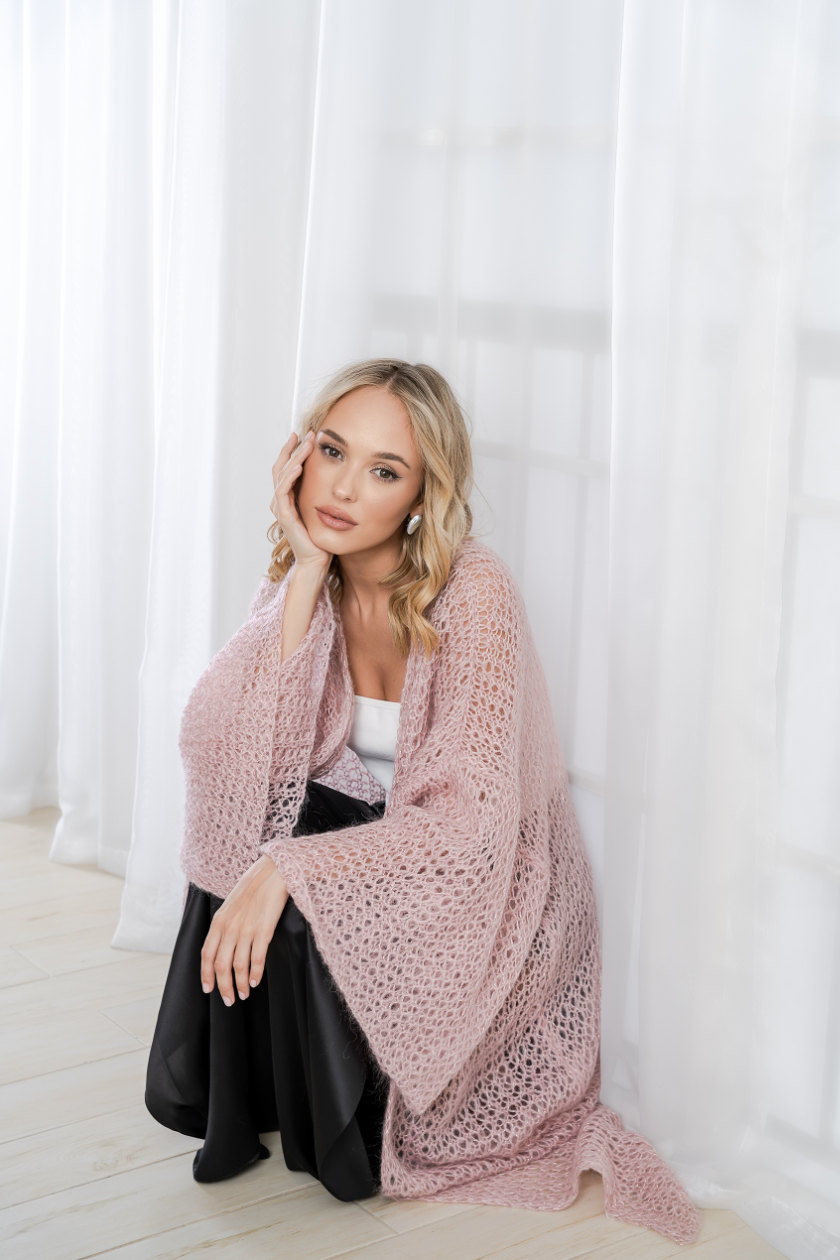
Related articles hand-picked by our editors
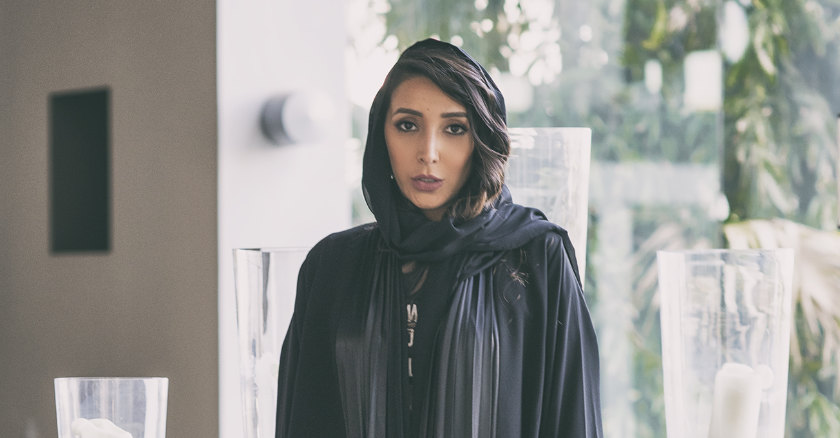
Getting serious about Saudi fashion
Marriam Mossalli is the founder of Niche Arabia, one of the Middle East’s leading consultancies specializing in fashion and luxury goods. She is a leading voice for Saudi Arabia’s emergent fashion industry. Qurratulain Wahab headed to her offices in Jeddah to find out more
Photographed by Nouf Alhimiary and Lina Qummosani
From the December 2018 issue of Lucire KSA
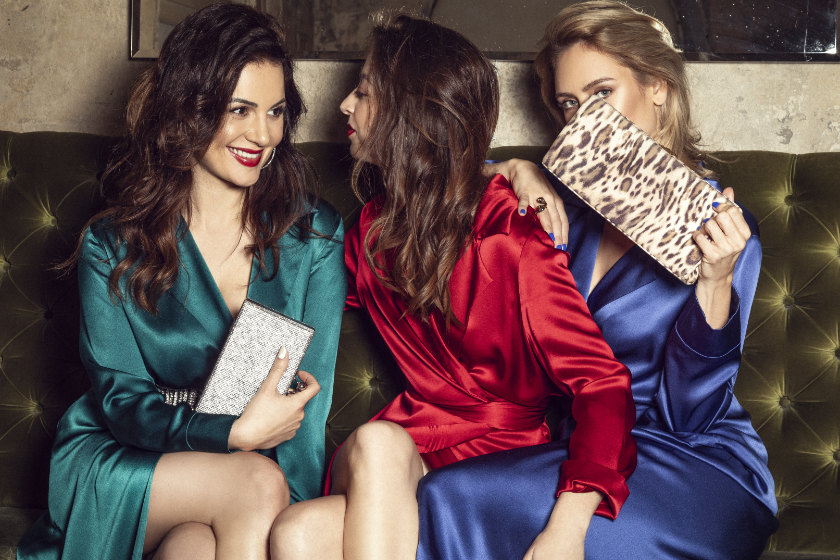
With beauty and meaning
Avec beauté et sens
美しさと意味
Seeing that fashion often fell short on innovation and ecological promotion, Laura Sänger created La Katz, a silk label that adopts a cradle-to-cradle philosophy, and eliminates all pollutants and plastics. The result: silk that feels purer than what you might have come to know, raising the standard. Jack Yan interviews her
Voyant que l’industrie de la mode a souvent manqué d’innovation et de promotion écologique, Laura Sänger a créé La Katz, un label de soie qui adopte une philosophie « cradle-to-cradle » et élimine tous les polluants et plastiques. Le résultat : une soie au toucher plus pur que ce que l’on pouvait connaître auparavant, ce qui relève la norme. Jack Yan l’interviewe
ファッションはしばしば革新性(イノベーション)やエコロジーへの取り組みが充分ではないと気付いていたローラ・ゼンガーは、『ゆりかごからゆりかごまで』の哲学を採用し、すべての汚染物質とプラスチックを排除するシルクラベル、ラ・カッツを立ち上げました。その結果、シルクはこれまでの常識を根本から変える、純度の高い製品になりました。 甄爵恩ヤンが彼女にインタビューします
Photographed by Luise Hannah Reichert and Kaja Wagner
First published in issue 43 of Lucire
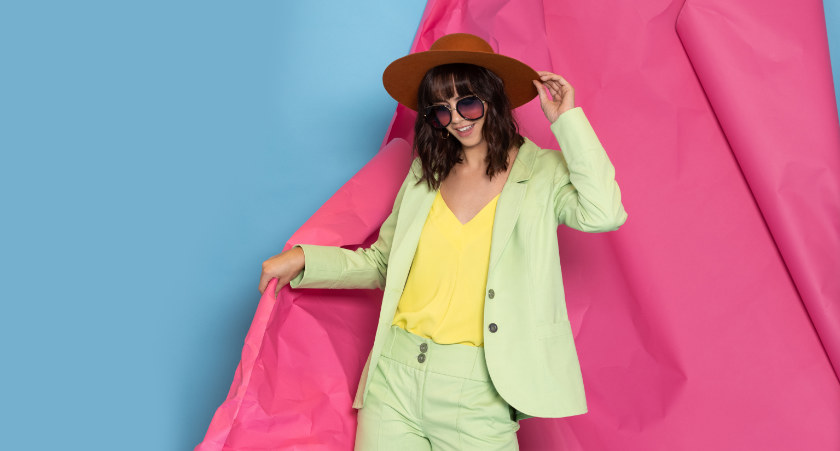
A quiet quality
Her designs may exhibit boldness and quality, but designer Deryn Schmidt is not one to shout from the rooftops. Instead, she has a modest approach to her work, recognized by those truly in the know when it comes to properly tailored, well finished fashion, writes Jack Yan
First published in the December 2021 issue of Lucire KSA